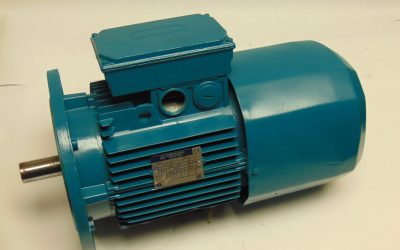A friction modifier additive is added to lubricants in order to decrease the amount of wear and friction that occur in machine parts that are used over and over again as the machinery performs its function. These additives are particularly important in machinery that require solid surfaces to come into direct contact with each other, as the additives keep the surfaces from rubbing up against each other, thereby prolonging the life of the machinery.
Organic Friction Modifiers (OFMs)
Organic friction modifiers are one type of friction modifier additive; these are often made from vegetable oils and fats. They are important types of additives used in fuels and modern engine oils. They work through adsorption, which involves creating a film between the molecules, ions, or atoms of the liquid to the surface to which it is applied. This is what prevents the friction between two solid surfaces, thereby reducing the wear and tear between the parts of a machine.
Organo-Molybdenum Compounds
Another type of friction modifier additive is organo-molybdenum compounds. These are commonly used in gear oils and engine oils. They have been shown to greatly reduce the amount of boundary friction on rubbing surfaces such as those found in gear and engine components.
Functionalized Polymers
A third common type of friction modifier additive is known as functionalized polymers. These are commonly used on polar surfaces and have been shown to greatly reduce the amount of wear, tear, and friction on such surfaces.


